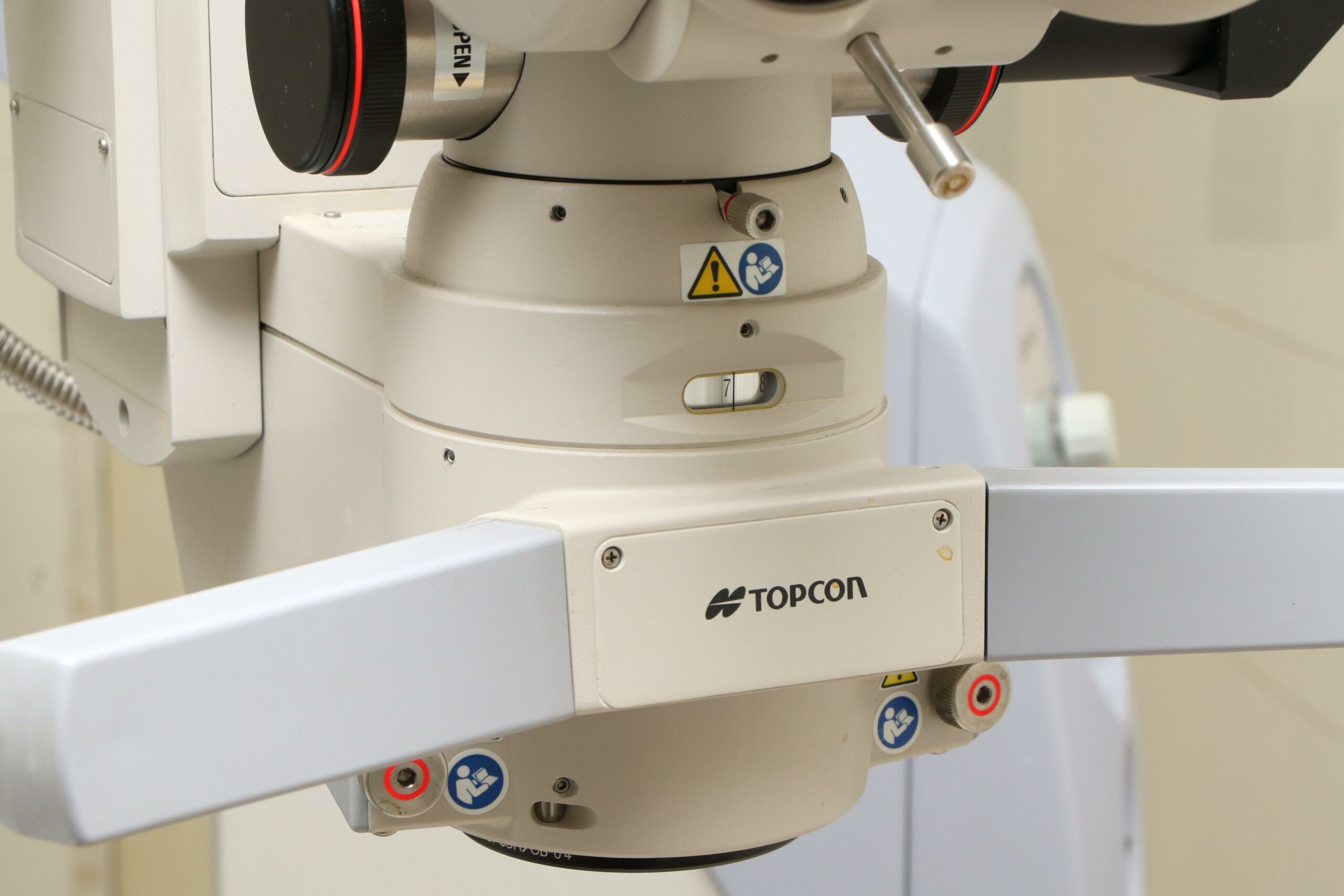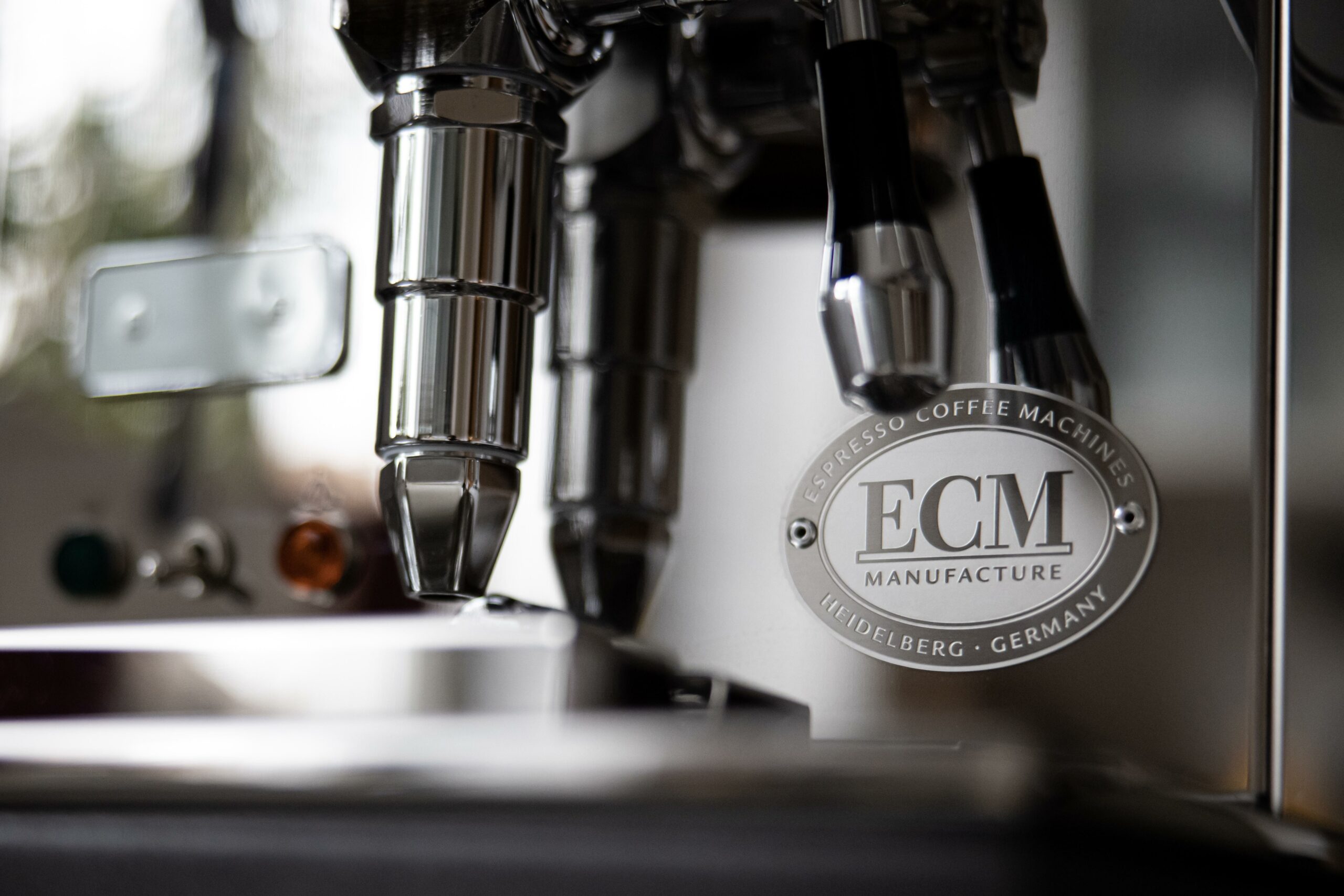Are you ready to embark on a journey into the captivating world of microscopes? Brace yourself for an eye-opening adventure as we dive deep into the microscope’s magic and marvel at its ability to unveil hidden wonders. But before we jump right in, there’s one thing you need to know – we’re about to unveil a remarkable fun fact about microscopes that will leave you astounded. So hold on tight as we unravel this fascinating discovery and unveil the secret lurking within these powerful scientific instruments.

Fun Fact about the Microscope
Have you ever wondered about the fascinating world that exists beyond what our naked eyes can see? Well, look no further than the microscope! This incredible invention has been instrumental in unlocking the mysteries of the microscopic universe. Today, I’m going to share with you a fun fact about the microscope that will surely leave you amazed.
Did you know that the first ever microscope, called the “Flea Glass,” was originally used to study insects? Yes, you heard it right! Back in the early days of microscopy, scientists used crude devices known as “flea glasses” to examine small insects up close. These early microscopes may not have been as powerful as the ones we have today, but they paved the way for the incredible advancements that followed.
As the field of microscopy evolved, so did the capabilities of these magnificent devices. The invention of objective lenses revolutionized the way we magnify objects under the microscope. With the power of these lenses, scientists were able to see tiny organisms and intricate details that were once invisible to the human eye. It was like peering into a whole new universe, teeming with life and wonders.
Fun fact: Light microscopes, one of the most commonly used types of microscopes, can magnify objects by up to 1,000 times! Just imagine the level of detail you can observe with that kind of magnification. It’s truly mind-boggling!
But what exactly can you find under a microscope? Well, prepare to be amazed. The microscopic world is a bustling ecosystem, filled with trillions of mini-animals, microbes, and organisms that are vital to the functioning of our world. Within a single drop of water, you can find an entire community of bacteria, protists, viruses, microscopic fungi, and even mini-animals. It’s a hidden world that holds endless discoveries waiting to be made.
Fun fact: Anton van Leeuwenhoek, a pioneer in microscopy, created powerful lenses that revealed teeming bacteria in a drop of water. His observations transformed our understanding of the microbial world and laid the foundation for the field of microbiology.
One of the most groundbreaking discoveries made under the microscope was the revelation of cells. It was in 1665 when Robert Hooke, a brilliant scientist, observed the honeycomb-like structure of a cork and coined the term “cell” to describe the tiny compartments he saw. This discovery opened up a whole new world within living organisms and marked a significant milestone in the history of biology.
Fun fact: The first microscope was invented by Zacharias Janssen and Hans Janssen. Their brilliant minds gave birth to an instrument that would forever change the way we perceive the world around us.
As technology advanced, scientists sought even more powerful tools to explore the microscopic world. Enter the electron microscope, a marvel of scientific ingenuity. Invented by Knoll and Ruska, this revolutionary instrument uses a beam of electrons to produce highly detailed images of tiny specimens. With the electron microscope, scientists were able to observe structures and objects with mind-blowing precision, opening up new avenues of research and discovery.
Fun fact: The classroom microscope, a staple in science education, was invented by the renowned astronomers Johannes Kepler and Galileo Galilei. Their contribution to the development of the microscope further democratized the study of the microcosmos, allowing students and enthusiasts alike to embark on their own explorations.
In conclusion, the microscope is not just a scientific instrument; it’s a gateway to a hidden world full of wonders. From its humble beginnings with flea glasses to the powerful and sophisticated microscopes of today, this incredible tool has shaped our understanding of the microscopic realm. So, next time you peer through a microscope, remember the fascinating journey that brought us here and the endless possibilities that lie ahead.
“The microscope is like an enchanted key that unlocks the door to a whole new world of discovery.”
Microscopes have revolutionized scientific research by allowing us to explore the microscopic world with unimagined detail. However, did you know that there are fascinating facts about the microscope that you may not be aware of? From its invention to its modern-day applications, the microscope has a rich history that continues to shape our understanding of the world. If you are curious to learn more about these captivating facts, click here to uncover the hidden secrets of the microscope: facts about the microscope.
Fun fact about the microscope: Did you know that the intricate world of microscopy holds endless wonders waiting to be explored? From unraveling the mysteries of the smallest organisms to delving into the complex structures of cells, the microscope opens up a whole new realm of discovery. If you’re interested in diving deeper into the fascinating history of microscope invention, click here to uncover the remarkable journey that led to its creation. And that’s not all! Microscopes also possess astonishing capabilities and limitations that will leave you in awe. Discover the hidden marvels and boundaries of these extraordinary instruments by clicking this link. So why wait? Embark on a journey through the microscopic universe and prepare to be amazed!
Fascinating history of microscope invention
Astonishing capabilities and limitations of microscopes
The Hidden Marvels Revealed Under the Microscope
[youtube v=”miqns4Be38E”]
Under the microscope, a whole new world unfolds before our eyes. What may seem ordinary to the naked eye transforms into extraordinary marvels when viewed through the lens of a microscope. From sugar crystals resembling a fantastic universe to the mesmerizing beauty of blood, the microscopic realm is filled with surprises that astound and captivate us.
One of the most fascinating discoveries is the intricate beauty of sugar crystals. Under the microscope, these crystals resemble the enchanting world of Willy Wonka’s factory. The taste of happiness takes on a different form when seen at such a microscopic level.
Blood, when viewed under the microscope, takes on a mesmerizing quality that can rival even the most potent sleeping pill. Its intricate patterns and vibrant colors are a testament to the complexity and wonder of the human body. The world of blood under the microscope is a true work of art.
Even the humble bee reveals astonishing details when observed up close. The intricate structure of their proboscis, used to suck up liquid food and water, resembles something out of a superhero comic. It’s a reminder that nature’s creations are full of surprises, waiting to be discovered.
While some things may be more interesting when zoomed in, the microscopic world reveals hidden wonders that delight and amaze. Take, for example, a Himalayan salt solution. Its stunning patterns, resembling special effects from a science fiction movie, are a testament to the intricate beauty that can be found in even the simplest substances.
On the other hand, not everything appears pleasant under the microscope. Dust mites, microscopic creatures that live in our bed spreads, mattresses, carpets, and furniture, are a sobering reminder of the unseen inhabitants that coexist with us. They feed on dead skin cells, often found in dust, making your blanket, bed cover, and other objects potential homes for these tiny creatures.
Microorganisms found in a single drop of water from an ordinary pond are like a hidden world waiting to be explored. These seemingly alien creatures may be microscopic in size, but their diversity and complexity rival that of creatures found in the deepest parts of the ocean. It’s a reminder that even in the most ordinary places, hidden wonders await.
The microscopic world even provides insights into everyday objects. Have you ever wondered why ballpoint pens are called that? The explanation lies in nicotinic acid crystals, which play an important role in our bodies. These crystals, when viewed under the microscope, reveal a mesmerizing beauty that is unexpected yet captivating.
The microscopic realm also sheds light on the potential dangers lurking in our immediate surroundings. Our phones, for example, are home to some of the dirtiest places we encounter daily. The speakers, plugs, and switches we regularly touch harbor a multitude of bacteria and germs. Seeing these microscopic organisms magnified allows us to understand the importance of thorough cleaning and hygiene.
In conclusion, the world under the microscope is a place of fascination and discovery. From the intricate beauty of sugar crystals to the hidden organisms in everyday objects, there is a wealth of wonders waiting to be explored. The microscope allows us to see the unseen, revealing a hidden universe that is both captivating and astonishing.
“Under the microscope, even the simplest substances reveal a hidden beauty that captivates and astonishes.”
FAQ
Q: What were the earliest microscopes used for?
A: The earliest microscopes, known as “flea glasses,” were used to study small insects.
Q: Who invented the first microscope?
A: The first ever microscope, called the “Flea Glass,” was originally used to study insects.
Q: How do microscopes magnify objects?
A: Microscopes magnify objects through the power of objective lenses.
Q: How much can light microscopes magnify objects by?
A: Light microscopes are powerful enough to magnify objects by 1,000 times.
Q: What kind of organisms can be found in the microscopic world?
A: The microscopic world is teeming with trillions of mini-animals and microbes, including viruses, bacteria, protists, microscopic fungi, and mini-animals.









